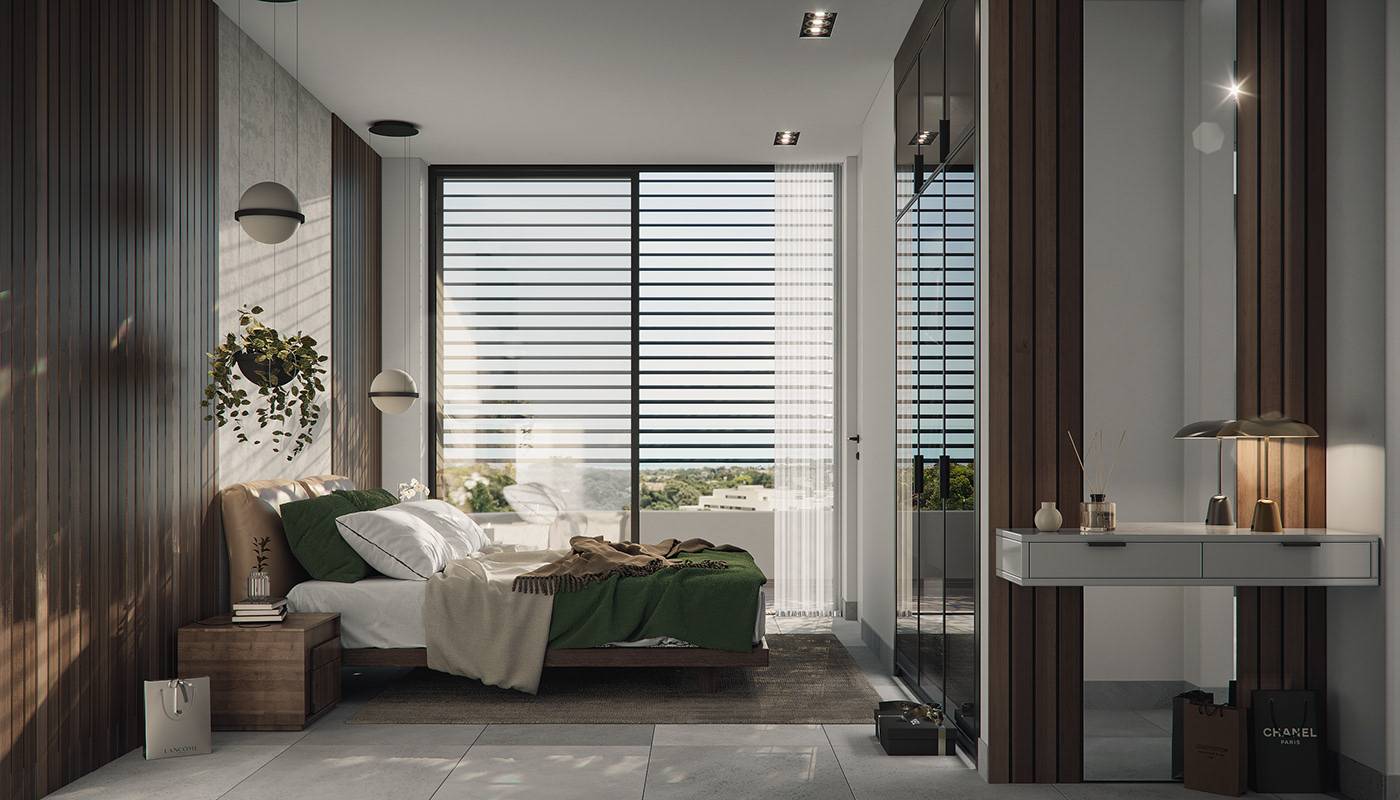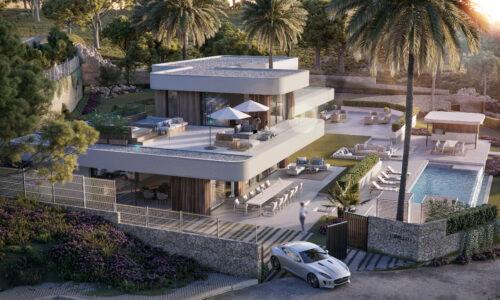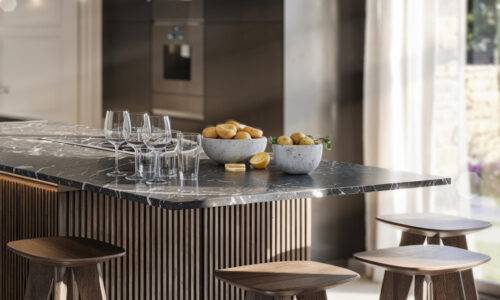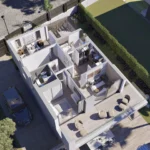
Virtual Tours: We Turn Your Spaces into Immersive Experiences
- Alejandro Postigo
- September 16, 2024
- Uncategorized
- 0 Comments
In the digital age, the way we experience spaces has evolved significantly. Virtual tours have emerged as a powerful tool, allowing users to explore and experience 3D environments from anywhere in the world. But how are these virtual tours created? What technology lies behind them? At Zenit Visuals, we break down the entire process of creating virtual tours and show how we transform spaces into immersive experiences that exceed expectations.
Read this Article: Kitchen Renderings: Designing the Heart of the Home
3D Modelling and Rendering
- Creating the 3D model: If the space doesn’t physically exist, we create a detailed model of the environment. This includes all architectural elements, furniture, and decorations.
- Texturing and materials: Once the model is created, realistic textures and materials are applied to each surface. This involves simulating the sheen of tiles, the softness of fabrics, and the texture of wood or marble to ensure the virtual tour is as realistic as possible.
- Lighting and rendering: Lighting is key to creating a realistic atmosphere. We set up the lighting according to the design of the space, considering both natural and artificial light. Then, rendering is carried out to generate the final images that will be used in the tour.
360° Photography (if applicable)
- Capturing 360° images: For existing spaces, 360-degree camera technology is used to capture panoramic images of the real environment. These images are processed and integrated into the virtual tour software.
- Integration with 3D models: In some cases, real 360° images are combined with 3D models to create a hybrid tour that offers the highest possible accuracy in representing the space.
Development of the Interactive Tour
- Integration of images and models: We use specialised software to integrate the 360° images and 3D models into an interactive platform. Here, the structure of the tour is defined, including navigation points and interactive areas.
- Adding hotspots and information points: To enrich the user experience, we add hotspots (interactive points) in the tour. These can contain additional information about specific elements of the space, videos, links to websites, or even options to change materials or colours in real time.
- Optimisation for devices and browsers: Once the tour is complete, we optimise it to ensure it works perfectly on different devices (PC, tablets, smartphones) and web browsers, guaranteeing a smooth experience for all users.
Testing and Review
- Usability testing: Before launching the tour, we conduct thorough testing to ensure that all interactive functions, navigation, and visual elements are working correctly.
- Client review: We present the tour to the client for their review. During this phase, feedback is gathered, and adjustments are made as necessary to meet the client’s expectations.
Delivery and Publication
Tour delivery: Once the client approves the virtual tour, the final file is delivered along with instructions for integrating it into their website or any other platform they use.
Virtual tours have revolutionised the way we experience and explore spaces. There’s no longer a need to imagine how a finished project will look; with a virtual tour, you can see it, feel it, and walk through it from the comfort of your own home. Our virtual tour creation process ensures that every detail is carefully considered, providing an immersive and accurate experience that helps our clients visualise and communicate their ideas effectively.
Want to take your project to the next level with an interactive virtual tour? Contact us today and discover how we can transform your spaces into immersive digital experiences!



